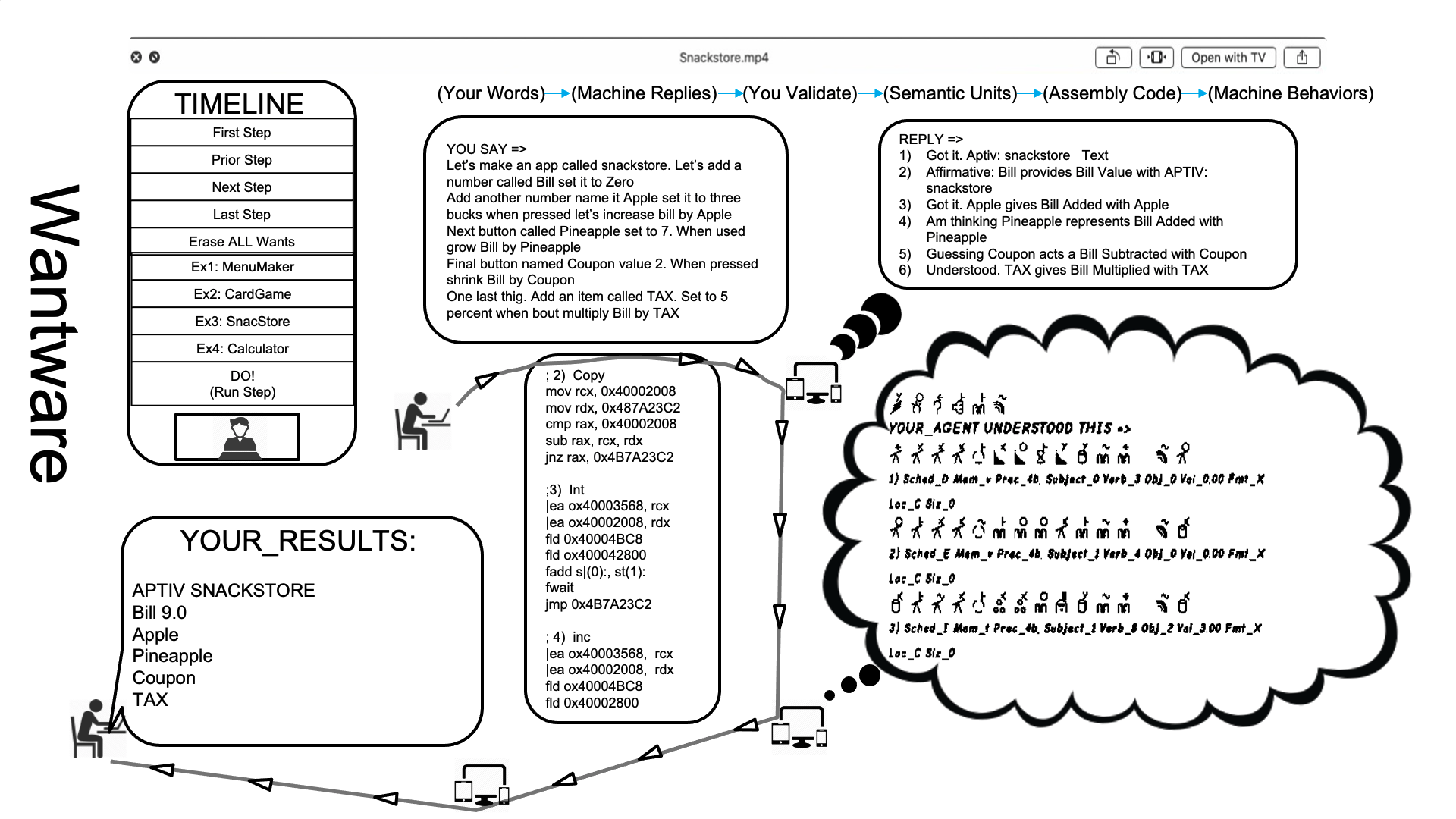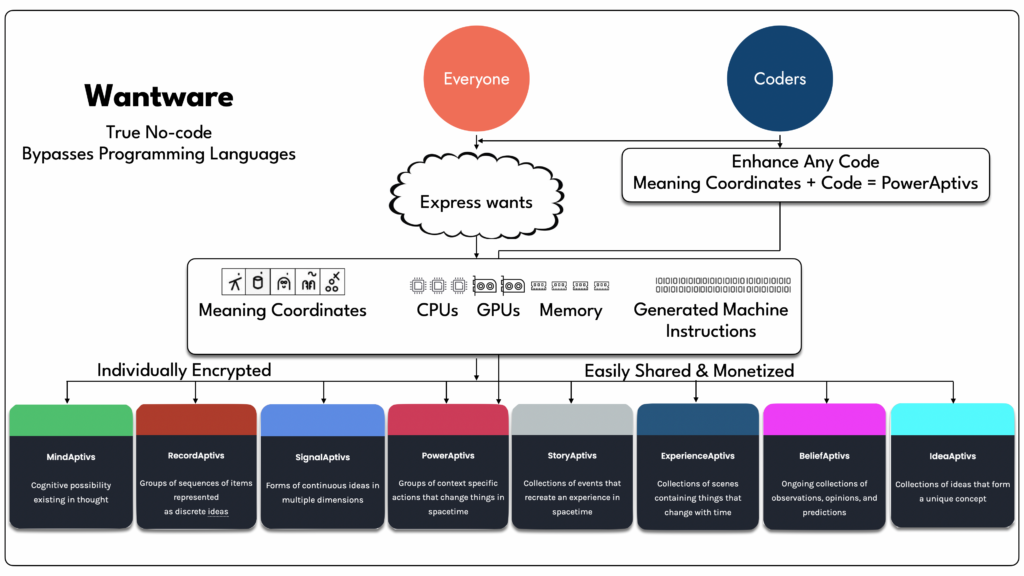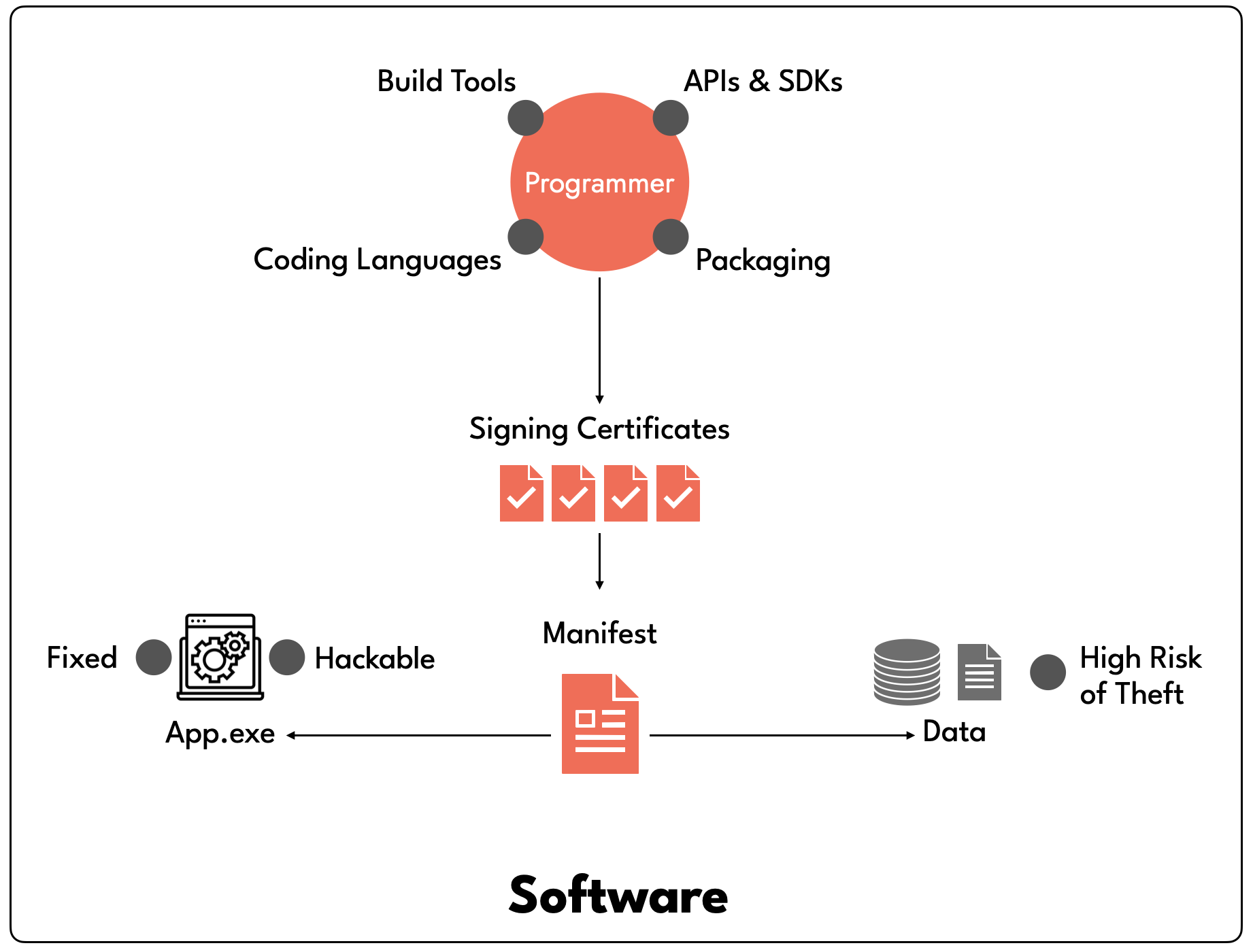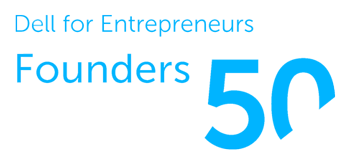Resources
A Meaning Representation System with a Built-in Ledger
Essence Meaning Coordinates is a series (vector) of analog values defining the limits of possible meaning for any given term(s) and context(s). They are used by all Aptiv Types for generating self-optimizing, highly parallelized, machine instructions, in real-time. The role that Essence Meaning Coordinates play is analogous to having a Rosetta Stone for computing. It is a way to map between any way of signaling intent and instructing machines to do what is wanted, with precision.
When Meaning Coordinates are applied or mappings created and validated by the user, pristine machine-level instructions (such as binaries, assembler code, compute kernels, shaders, CUDA instructions, etc.) are produced, effectively circumventing traditional programming languages. This advancement marks a significant stride towards our aim of empowering everyone to “create at the speed of thought®.” For more information on how we utilize Meaning Coordinates to manage data and machine behaviors, please visit our web page and explore Nebulo® here.

A sample Aptiv being created using NLP (Natural Language Processing), NLD (Natural Language Dialogue), transforming meaning into different representations (non-technical, technical, and machine instructions) that results in a working Aptiv.








